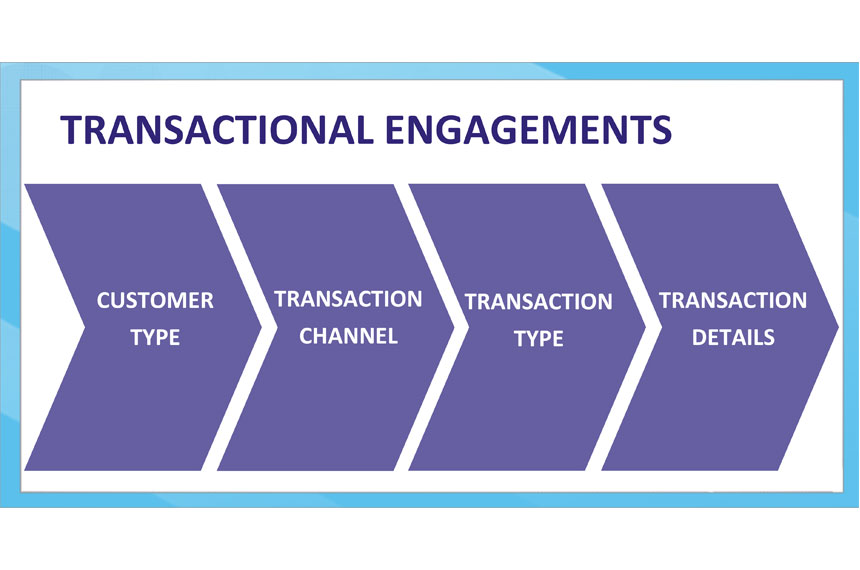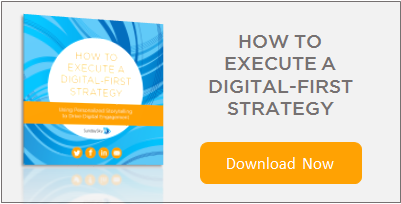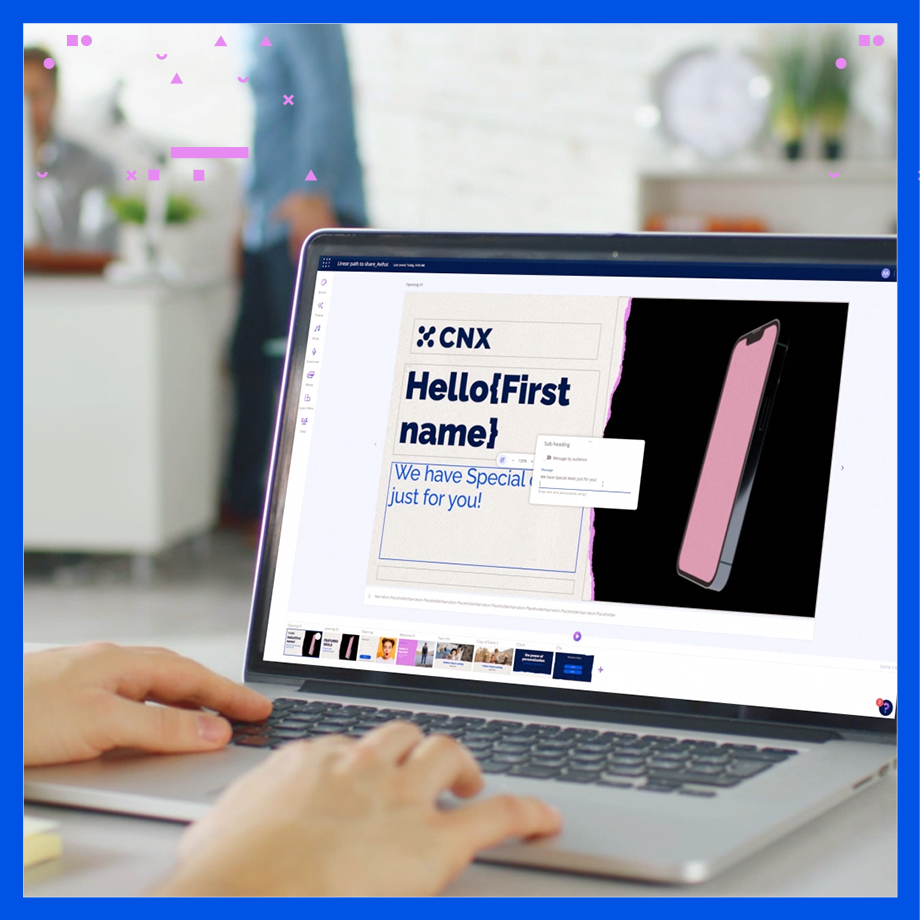In my last blog post, I wrote about how brands have prioritized a digital-first initiative to meet consumers on the channels and devices they use most frequently. As they do so, they’re using personalized communication through the most engaging digital medium – video – at the point of each customer transaction to encourage customers to use digital channels. Here’s a closer look at how to implement a transactional-based communication strategy to drive digital adoption throughout the customer journey.
Defining Transactional Engagement
The customer journey consists of many transactions, both digital and non-digital, and every transaction is another opportunity to reinforce digital behavior. You can break down each transaction to:
- The type of customer, e.g. whether a customer is new or existing
- What channel the transaction occurs through
- The type of transaction, e.g. a product purchase, service purchase, upgrade, item return, etc.
- Additional details of that transaction, which could be anything from what item or service was purchased to the number of products purchased in one transaction
The specifics of each transaction are captured and used to inform the post-transaction communication, ensuring the brand engages the customer with a relevant, timely message.
Follow Transactions with a Personalized Video Story
Using personalized video as a follow-up to every transaction enables brands to deliver a video that specifically relates to their transaction and recommends how it can be most appropriately executed via digital channels in the future. The videos are data-driven, so scenes are included only when relevant and customized to the viewer based on the transactional and account data. Because the information and recommendations within the video are created for each individual, the video is more effective at driving the intended action.
I explain more in this video from our recent SmartVideo Summit, or read on below.
For instance, think of an existing customer of a wireless carrier that upgraded his phone at a retail location. Immediately after the purchase, the wireless carrier can send a personalized video that:
- Greets the customer by name and recaps the details of key elements of the transaction.
- Offers a few tips for the customer to get the most value from his new phone
- Highlights the recommended next best action for the customer to take in order to get more value from the brand’s digital channels, which could be registering for an online account, downloading the mobile app, or signing up for email alerts.
- If appropriate, and if the brand has earned the right to do so, the video can close with a recommended upsell offer.
To support this strategy at scale, the carrier can create multiple video stories that speak to all transaction elements, and house the scenes for each story within a scene library. At the point of each transaction, a video is created by sequencing the appropriate scenes. One customer may receive a device transaction story and another an account transaction story. Some scenes may be selected for use in both videos, and others are only relevant to one transaction. Take a look at how scenes are selected for different stories:

By using inbound transactions as a trigger for outbound engagements, brands can drive the consumer behavior change required to spur digital adoption. As part of a cohesive digital-first strategy, personalized video engagement reinforces the use of digital tools and channels as the primary approach for future interactions, while also recommending changes that lift the value of each customer and improve the customer experience.
These videos elevate the interaction between brand and customer so it’s no longer just about a transaction – it’s about how the brand engages with customer, providing an opportunity for the brand to demonstrate it knows and values the customer.
![]()








